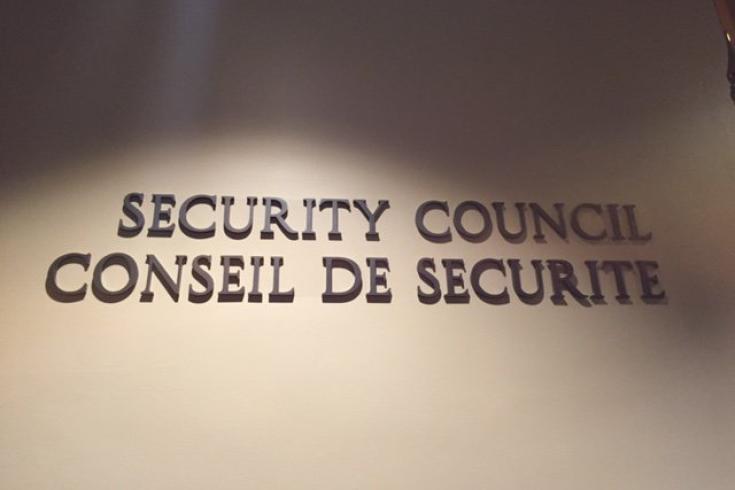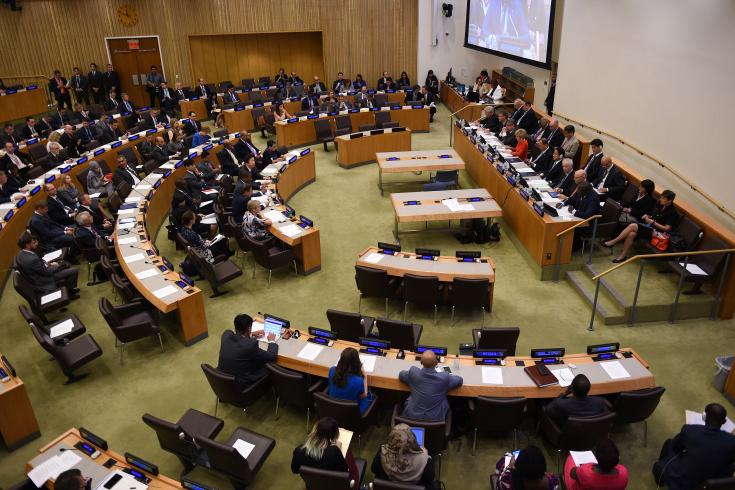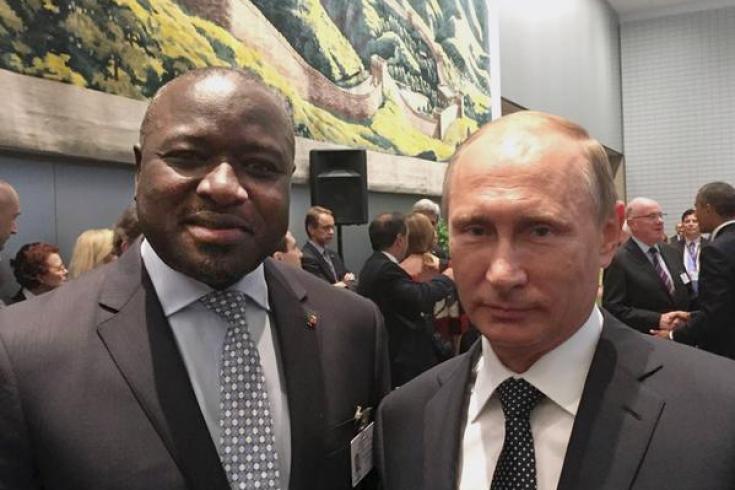24 September: CTBT 20th anniversary

Security Council adopts resolution on nuclear non-proliferation and nuclear disarmament
On 24 September 1996, the Comprehensive Nuclear-Test-Ban Treaty opened for signature at the United Nations in New York. Within 24 hours, 71 countries had signed the Treaty, including all five nuclear-weapons States. This important step towards a world free of nuclear weapons followed decades of intense political negotiations, as well as diligent scientific groundwork to establish not only the legal parameters of a global ban on nuclear tests, but also a robust independent and internationally controlled verification system.
“This year is a milestone for the Comprehensive Nuclear-Test-Ban Treaty. [T]wenty years ago, on 24 September 1996, the CTBT opened for signature. We have enjoyed twenty years with an almost complete cessation of nuclear testing, supported by a robust, shared, international system for detection and monitoring. What we do not yet have is a Treaty that is legally in force. And let me be clear – while the CTBT can be described as a Treaty in operation, there is ultimately no satisfactory alternative to its entry into force.”

Read the Statement given by CTBTO Executive Secretary Lassina Zerbo at the 8th Ministerial Meeting
“This year is the twentieth anniversary of the treaty’s opening for signature. But this is not a celebration. It is a stark reminder of the work that remains. … There have been some successes over the past 20 years, for example, the de facto moratorium on tests, and the establishment of an International Monitoring System.”

8th Joint Ministerial Meeting, 21 September 2016
“We welcome the fact that the CTBT has achieved near universal … and urge all states that have not yet done so to sign and ratify the Treaty as early as possible. In particular, we urge the remaining eight Annex 2 states, whose ratification is necessary for the entry into force of the CTBT, to sign and ratify the Treaty without further delay and without waiting for others. Pending the entry into force of the CTBT, we call upon all states to continue the moratorium on nuclear weapon test explosions, the process on which the closure of the Semipalatinsk test site in August 1991 had positive impact."
"Even with its provisional application, the Comprehensive Nuclear-Test-Ban Treaty has already strengthened the international non-proliferation regime and our efforts towards global nuclear disarmament. The cessation of all nuclear weapon test explosions and all other nuclear explosions constrains the development and qualitative improvement of nuclear weapons and ends the development of advanced new types of nuclear weapons: therefore, it constitutes an effective measure of nuclear disarmament and non-proliferation in all its aspects."
The “Art for a Nuclear Test Ban” initiative was featured at several exhibits throughout the year, including during the launch of a dedicated United Nations Postal Administration Stamp on 21 September in New York.
In September, the five permanent members of the Security Council issued a statement “[pledging] to strive for the Treaty’s early ratification and prompt entry into force... [and reaffirming their] moratoria on nuclear weapons test explosions or any other nuclear explosions pending the CTBT’s entry into force.”


The treaty’s future depends largely on the genuine willingness of all members of the international community to advance towards the declared goal of freeing our planet of nuclear weapons. In this respect, the eight countries that must ratify the treaty for it to enter into force bear particular responsibility.
23 Sep 2016
